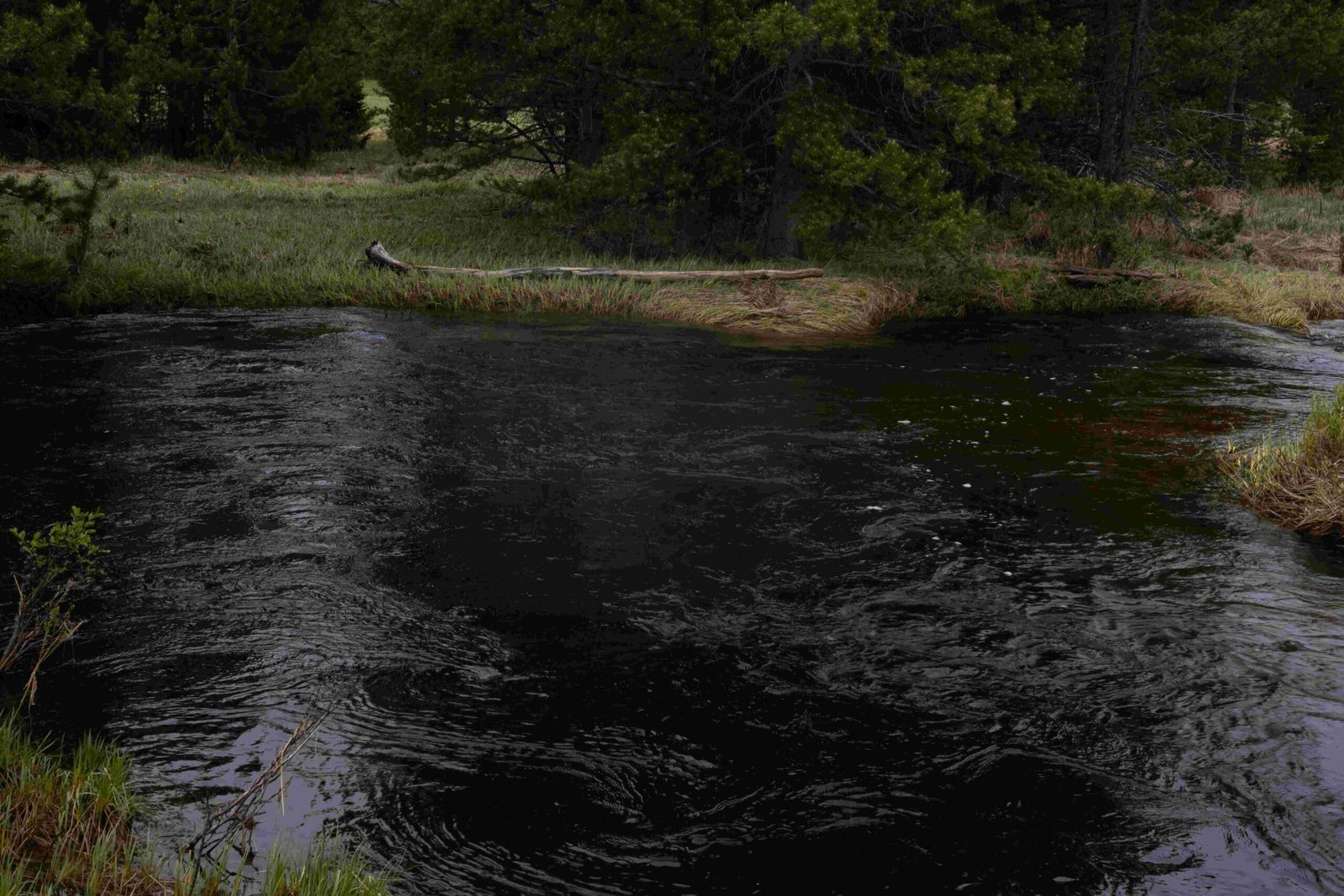Rocky Mountain National Park offers breathtaking motorcycle rides through diverse landscapes, from lush valleys to alpine tundra. The park’s crown jewel, Trail Ridge Road, provides a 48-mile scenic journey reaching elevations over 12,000 feet. Riders can expect stunning vistas, wildlife encounters, and challenging curves. This guide covers top routes, safety tips, and essential information for an unforgettable motorcycle adventure in one of America’s most spectacular national parks.
What Are the Best Motorcycle Routes in Rocky Mountain National Park?

Trail Ridge Road: The Ultimate High-Altitude Ride
Trail Ridge Road stands out as the premier motorcycle route in Rocky Mountain National Park. Here’s what makes it special:
- Distance: 48 miles one-way, connecting Estes Park to Grand Lake
- Elevation: Crests at 12,183 feet, with 11 miles above treeline
- Road Conditions: Paved with numerous switchbacks
- Seasonal Access: Typically open from Memorial Day to late October
This scenic byway offers an unparalleled riding experience, taking you through diverse ecosystems and providing panoramic views of the Rockies.
Old Fall River Road: A Step Back in Time
For a more rustic experience, consider Old Fall River Road:
- Distance: 11 miles one-way
- Surface: Unpaved, gravel road
- Direction: One-way uphill (east to west)
- Difficulty: Moderate, with steep grades and tight turns
This historic route offers a slower-paced journey through the park’s eastern side, ending at the Alpine Visitor Center.
Where Are the Best Scenic Stops for Motorcyclists?

Alpine Visitor Center
- Elevation: 11,796 feet
- Amenities: Parking, restrooms, gift shop
- Attractions: Short hiking trails, panoramic views
Rainbow Curve Overlook
- Elevation: 10,829 feet
- View: Spectacular vistas of the Alluvial Fan and Horseshoe Park
Forest Canyon Overlook
- Elevation: 11,716 feet
- Highlight: Views of the park’s deepest glacial canyon
Gore Range Overlook
- Elevation: 12,010 feet
- Feature: Expansive views of the Never Summer Mountains
What Safety Tips Should Motorcyclists Follow in Rocky Mountain National Park?
- Weather Preparedness
- Check forecasts before riding
-
Be ready for sudden temperature changes and afternoon thunderstorms
-
Altitude Awareness
- Stay hydrated to combat altitude sickness
-
Take breaks to acclimate, especially if coming from lower elevations
-
Wildlife Caution
- Watch for animals on or near the road, especially at dawn and dusk
-
Maintain a safe distance from wildlife
-
Road Conditions
- Be prepared for snow and ice, even in summer at high elevations
-
Watch for loose gravel, especially on curves
-
Gear Recommendations
- Wear proper protective gear, including DOT-approved helmet
- Bring layers for warmth and rain protection
What Are the Best Times to Ride in Rocky Mountain National Park?
Summer (June to August)
- Pros: All roads open, warmest temperatures
- Cons: Crowded conditions, afternoon thunderstorms
Fall (September to October)
- Pros: Fall colors, less crowded
- Cons: Colder temperatures, possible early snow
Spring (May to early June)
- Pros: Wildflowers, fewer crowds
- Cons: Some roads may still be closed due to snow
Winter (November to April)
- Note: Most park roads closed to motorcycles due to snow and ice
Where Can Motorcyclists Camp in Rocky Mountain National Park?
Aspenglen Campground
- Location: Near Fall River Entrance
- Sites: 54 sites, first-come, first-served
- Amenities: Restrooms, potable water, picnic tables
Moraine Park Campground
- Location: Near Beaver Meadows Entrance
- Sites: 244 sites, reservations available
- Amenities: Restrooms, potable water, amphitheater
Timber Creek Campground
- Location: West side of the park
- Sites: 98 sites, first-come, first-served
- Amenities: Restrooms, potable water, ranger programs
What Should Motorcyclists Pack for a Ride in Rocky Mountain National Park?
| Essential Items | Purpose |
|---|---|
| Layered Clothing | Adapt to temperature changes |
| Rain Gear | Protection from sudden showers |
| First Aid Kit | Emergency preparedness |
| Water and Snacks | Stay hydrated and energized |
| Park Map | Navigation in areas with poor cell service |
| Sunscreen and Sunglasses | Protection from high-altitude UV exposure |
| Tire Repair Kit | Handle minor mechanical issues |
| Camera | Capture stunning views |
How Can Motorcyclists Minimize Their Environmental Impact in the Park?
- Stay on designated roads and trails
- Practice ‘Leave No Trace’ principles
- Respect wildlife by maintaining distance
- Use established pullouts for stops and photos
- Properly dispose of waste and recyclables
- Keep noise levels down to preserve the natural soundscape
By following these guidelines, motorcyclists can enjoy the beauty of Rocky Mountain National Park while helping to preserve it for future generations.
Remember, a motorcycle ride through Rocky Mountain National Park is more than just a journey—it’s an adventure through one of America’s most stunning landscapes. Plan carefully, ride safely, and take time to immerse yourself in the natural wonders that surround you.
References:
1. Estes Park Team Realty – Great Motorcycle Rides in the Estes Park Area
2. Colorado.com – 10 Colorado Motorcycle Rides
3. YouTube – Ride to Food: The Best Motorcycle Ride in Colorado? Trail Ridge Road
4. National Park Service – Rocky Mountain National Park

